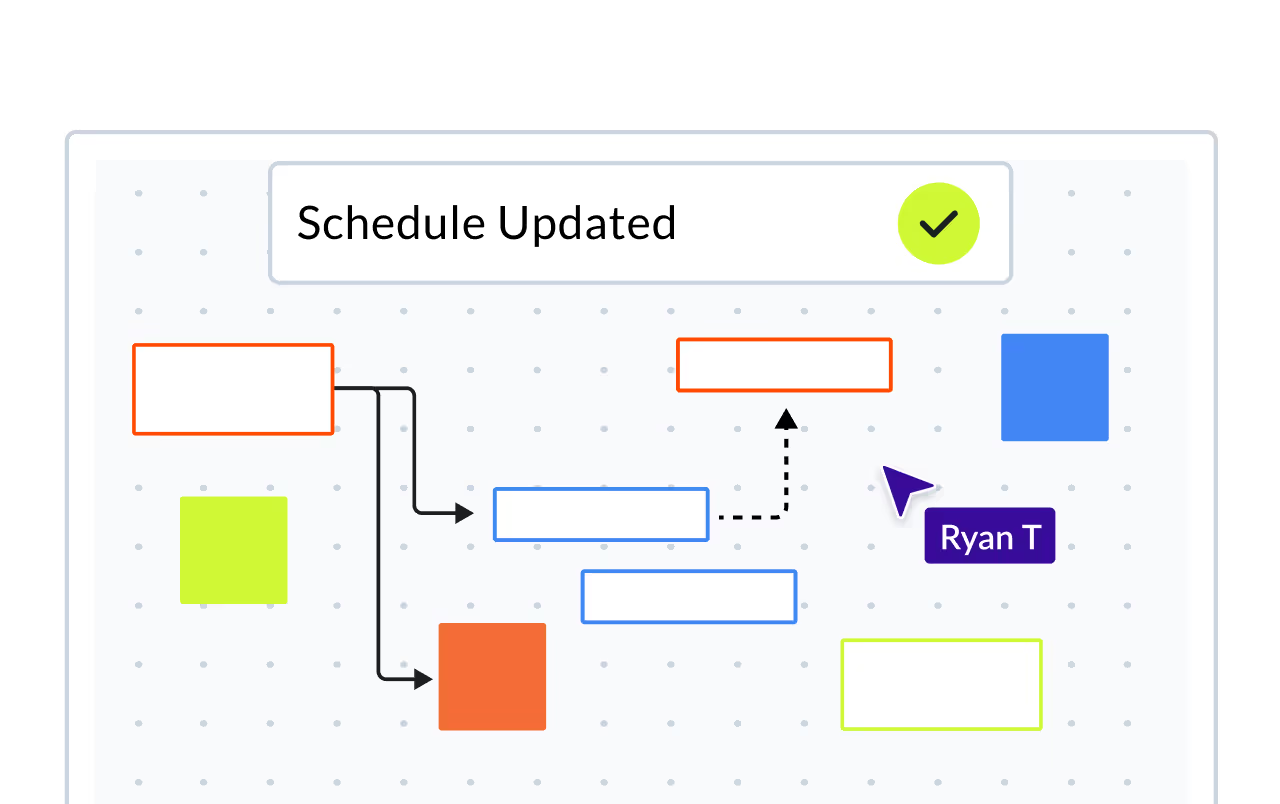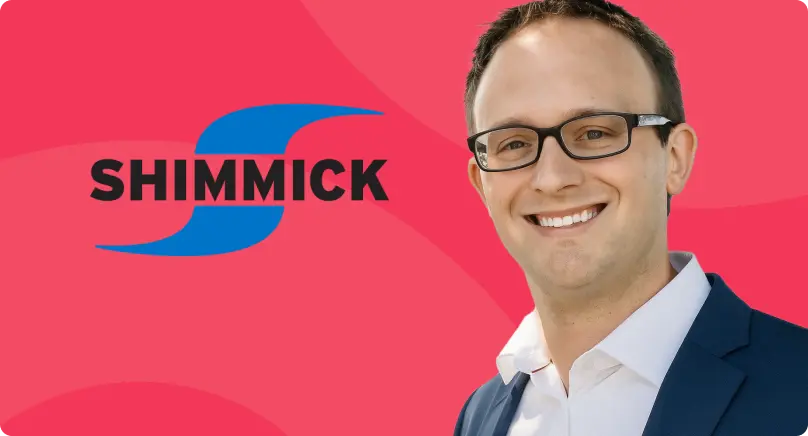
How CEC Uses Planera to Optimize Complex Folsom Dam Project Plan
California Engineering Contractors (CEC) is one of the West Coast’s most reputable heavy construction contractors. The firm can count some of California’s most iconic structures including the Bay Bridge and Bay Area Rapid Transit System among its recent projects.

Statistic

Statistic

Statistic
Background
In March 2023, The US Army Corps of Engineers awarded a $150 million contract to Folsom Dam Constructors, a joint Venture between CEC and Shimmick Construction. The contract is to raise Folsom Dam by three feet. This would increase the maximum allowable water elevation in the dam and improve its capacity for an emergency.
As part of this project, the Army Corps of Engineers tasked FDC with retrofitting Folsom Dam’s Tainter gates, eight massive pie-slice shaped gates that control the outflow of water from the dam. This included retrofitting the structural steel components of the gates, replacing the main trunnion anchorage on which the gates pivot, increasing the height of the dam by installing precast girders and a complicated steel plate seal system, and replacing all the gate hoists as well as the machinery that operates the gates
THE CHALLENGE
Taking on the “thinking man’s” challenge
This was a highly technical and complex challenge at a vital flood control structure for the Sacramento metropolitan area. As CEC’s Senior Project Manager Roger Giles put it, this was a “thinking man’s job” for several reasons. Almost all of the work required for the various components of the project is highly technical and involves many complex steps. In addition, scheduling is a challenge because only one gate can be taken out of service in the winter, while three gates can be disengaged in the summer. Another complicating factor in the schedule is a contract requirement to perform all required work on a single gate as a proof-of-concept test to insure the work can be executed acceptably prior to proceeding on the remaining gates.
Planning for the project also involved considering multiple systems and components, including electrical and mechanical aspects. That meant identifying a comprehensive list of separate tasks and resources that might seem disparate on paper, but are intricately linked and dependent on each other.

“I can sit there in a room with a group of experienced, like-minded, smart people and put together a schedule that makes sense to all of them in about a quarter of the time it would have taken me with P6.”
Getting away from Gantt charts
As a 35 year veteran of the construction industry with extensive experience in scheduling complex projects, Giles is well versed in the limitations of the standard software used for scheduling. Existing tools such as Primavera P6 were used to create schedules in a Gannt-chart format which provided timelines but could not accommodate a lot of detail. Furthermore, this format did not allow for easy collaboration or real-time updates in a meeting of stakeholders.
"You can see the sequence of work on a Gannt chart with relationship lines but it’s often cluttered and hard to make sense of, especially with complicated networks” said Giles." ”Eventually you get it done, but it takes longer, and it’s challenging to produce high quality networks collaboratively with other users.”

“Planera’s Canvas is the key to getting a group of people with different backgrounds, experiences, and expertise to collaborate and visualize everything.”
THE SOLUTION
From Post-its to Planera
Upon first testing Planera’s Canvas interface for scheduling, Giles said he was “like a kid in a candy store.”
He further emphasized, “When they first showed me the Canvas, I said, ‘This is a game-changer, guys.’ You have no idea how much construction people are going to love this. Construction people are visual thinkers, and Planera is a very visual tool.”
Giles said one of the ways to create a schedule in the past, prior to sophisticated software, was to physically write out all the activities on cards or post-its, place them on a whiteboard and connect them with sequencing arrows before inputting the whole plan into the software.
That is exactly what Planera enabled his team to do, in a modern, collaborative, digital whiteboard.
Planera’s Canvas allowed the team to create tasks, sequence their flow, and add important details for ownership, timing and utilization in a single visualization. Most importantly, it could be updated and presented in real-time to everyone whose input mattered, dramatically saving time and creating efficiency.
As an added bonus, Giles said it took about a day for him to start getting value out of Planera because it was so easy to use. There was no need for training videos, installations or extensive onboarding because of its simple interface and enhanced usability. A simple account login, and the team was ready to go.
About
California Engineering Contractors, Inc.
You deserve better scheduling software.
Request a Demo
















.png)